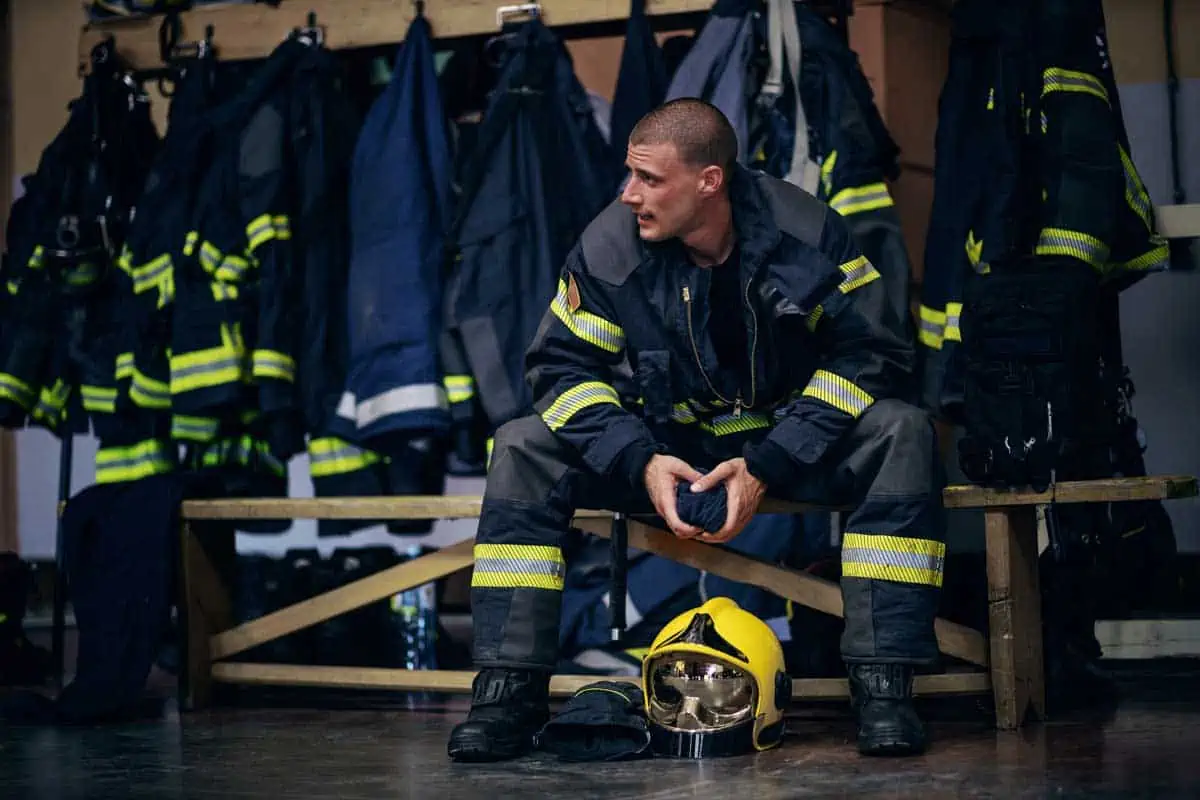Firefighting Gear and PFAS
Firefighter gear is required to be water and fire resistant.
The outer layer is treated extensiviely with PFAS or constructed with fluoropolymers, a type of PFAS in order to pass this requirement.
These uniforms break down over time and are not replaced for ten years.
PFAS stands for both Perfluoroalkyl Substances and Polyfluoroalkyl Substances.
The chemical composition of PFAS includes a bond that is considered the strongest bond in nature – the bond between carbon atoms and fluorine atoms.
As a result, they take a long time to break down and have been dubbed “forever chemicals”.
They have been found to contaminate water, air, soil, and food supplies, and have even been found in breastmilk.
There are thousands of different chemicals that fall under the category of PFAS, though two of the most common and widely researched are PFOA (perfluorooctanoic acid) and PFOS (perfluorooctane sulfonic acid).
PFOA and PFOS have been discontinued in the United States but PFAS can still be found in many common products, including the aqueous film-forming foam (AFFF) used by firefighter.
Fire fighting fabrics that break down over time lead to these “forever chemicals” contacting the skin and shedding into the environment.
According to the chemical physicist, Graham F. Peaslee, the layers of textiles found in turnout gear are highly fluorinated.
Over time, the layers of these textiles rub against each other and the PFAS from the outer shell and the middle moisture barrier appears to migrate to the thermal layer, contacting the skin.



